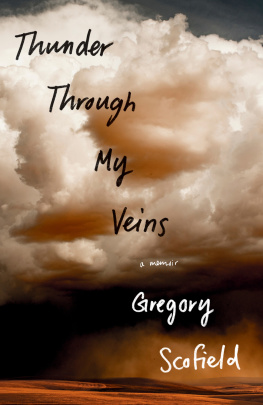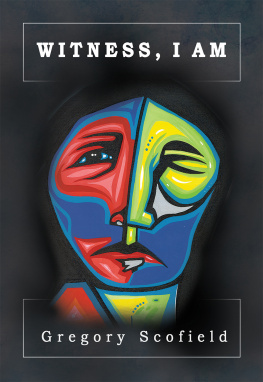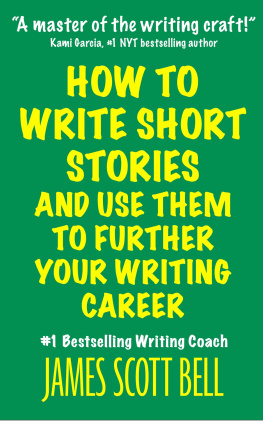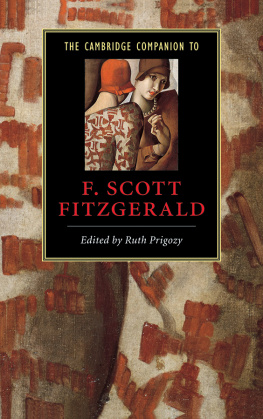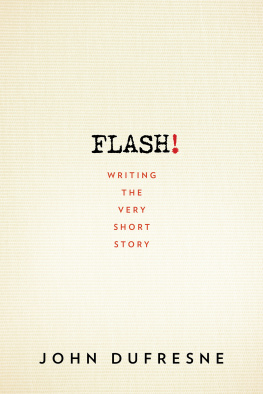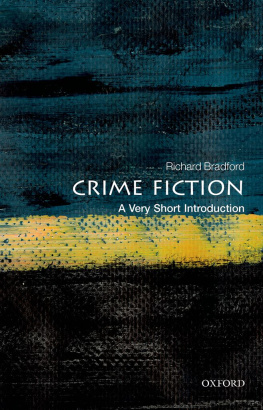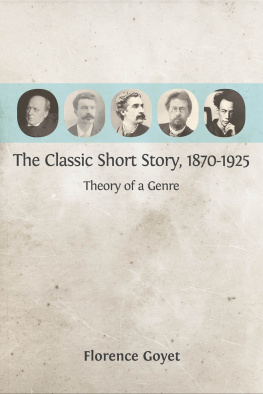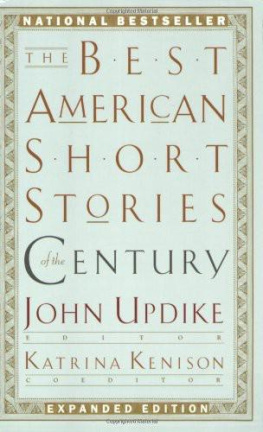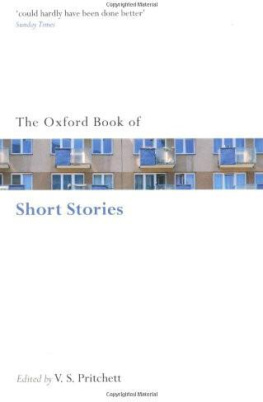The Cambridge Introduction to
The American Short Story
This wide-ranging introduction to the short story tradition in the United States of America traces the genre from its beginnings in the early nineteenth century with Irving, Hawthorne and Poe via Fitzgerald, Hemingway and Faulkner to Flannery OConnor and Raymond Carver. The major writers in the genre are covered in depth with a general view of their work and detailed discussion of a number of examples of individual stories. The Cambridge Introduction to the American Short Story offers a comprehensive and accessible guide to this rich literary tradition. It will be invaluable to students and readers looking for critical approaches to the short story and wishing to deepen their understanding of how authors have approached and developed this fascinating and challenging genre. Further reading suggestions are included to explore the subject in more depth. This is an invaluable overview for all students and readers of American fiction.
MARTIN SCOFIELD is Senior Lecturer in English and American Literature at the University of Kent.
Cambridge Introductions to Literature
This series is designed to introduce students to key topics and authors. Accessible and lively, these introductions will also appeal to readers who want to broaden their understanding of the books and authors they enjoy.
Ideal for students, teachers, and lecturers
Concise, yet packed with essential information
Key suggestions for further reading
Titles in this series:
Bulson The Cambridge Introduction to James Joyce
Cooper The Cambridge Introduction to T. S. Eliot
Dillon The Cambridge Introduction to Early English Theatre
Goldman The Cambridge Introduction to Virginia Woolf
Holdeman The Cambridge Introduction to W. B. Yeats
McDonald The Cambridge Introduction to Samuel Beckett
Peters The Cambridge Introduction to Joseph Conrad
Scofield The Cambridge Introduction to the American Short Story
Thomson The Cambridge Introduction to English Theatre, 16601900
Todd The Cambridge Introduction to Jane Austen
The Cambridge Introduction to
The American Short Story
MARTIN SCOFIELD

CAMBRIDGE UNIVERSITY PRESS
Cambridge, New York, Melbourne, Madrid, Cape Town, Singapore, So Paulo
CAMBRIDGE UNIVERSITY PRESS
The Edinburgh Building, Cambridge CB2 2RU, UK
Published in the United States of America by Cambridge University Press, New York
www.cambridge.org
Information on this title: www.cambridge.org/9780521826433
Martin Scofield 2006
This publication is in copyright. Subject to statutory exception and to the provisions of relevant collective licensing agreements, no reproduction of any part may take place without the written permission of Cambridge University Press.
First published 2006
Printed in the United Kingdom at the University Press, Cambridge
A catalogue record for this publication is available from the British Library
ISBN-13 978-0-521-82643-3 hardback
ISBN-10 0-521-82643-8 hardback
ISBN-13 978-0-521-53381-2 paperback
ISBN-10 0-521-53381-3 paperback
Cambridge University Press has no responsibility for the persistence or accuracy of URLs for external or third-party internet websites referred to in this publication, and does not guarantee that any content on such websites is, or will remain, accurate or appropriate.
Contents
Acknowledgements
I would like to thank warmly my wife Lyn Innes, and other present and former colleagues at the University of Kent and elsewhere, particularly the American literature specialists Keith Carabine, Henry Claridge, David Herd, Stuart Hutchinson, Lionel Kelly, Guy Reynolds and David Stirrup, for advice, loan of books, useful discussion and other support; the School of English at Kent for its generous provisions of study leave; and also all those past and present students taking my courses in the nineteenth and twentiethcentury American short story over the past several years, whose enthusiasm, cooperation and lively critical contribution to our seminars have helped me to formulate the ideas in this book. I would also like to pay grateful tribute to my editorial team at Cambridge University Press, in particular my commissioning editor Ray Ryan for his unfailing support and encouragement, my production editor Jayne Aldhouse, and my copyeditor Lucy Carolan for her meticulous work on my typescript.
Chapter 1
Introduction
The short story in America has for almost two centuries held a prominent, even preeminent place in the American literary tradition. It was the Irish writer Frank O'Connor, himself a noted writer of short stories, who said that for the Americans the short story had become a national art form. It could be argued, indeed, that around the 1820s and 1830s the Americans virtually invented what has come to be called the short story, in its modern literary sense (although one should of course note the parallel European tradition in, for instance, the development of the Russian short story from Gogol in the 1830s). Certainly the short story found its first theorist in one of its major early practitioners, Edgar Allan Poe; and the short story was for Poe his most successful and influential literary form. A number of other American writers in both the nineteenth and the twentieth centuries have, arguably, done their best work in that medium. Nathaniel Hawthorne's stories rank with his novel The Scarlet Letter as among his most outstanding achievements. Herman Melville's best short stories, such as Bartleby, may not outweigh the epic achievement of Moby Dick, but for many readers they are equally rewarding and more formed and finished as works of art. Stephen Crane's short fictions (like The Open Boat and The Bride Comes to Yellow Sky) are as well known as his great novel The Red Badge of Courage. Henry James's short stories (as well as his novellas) are, in the view of almost all his critics, among his finest achievements. Sherwood Anderson's short story sequence, Winesburg, Ohio, is his finest work. Ernest Hemingway's short stories are as highly esteemed as his novels and, in the view of some of his critics, constitute the most successful part of his oeuvre. In the middle of the twentieth century writers like Flannery O'Connor and Eudora Welty did their most significant work in the short story form, and nearer to our own time writers as different as Donald Barthelme and Raymond Carver writers who can be said to be among the most significant of their era have made their considerable mark primarily through their short stories.
As well as European and Middle Eastern predecessors such as Boccaccio's Decameron, Chaucer's Canterbury Tales, and the Thousand and One Nights (which originated in tenthcentury Persia and was known in an eighteenthcentury translation to Poe and Hawthorne), there are more local predecessors for the first flowering of the literary short story from the 1820s. Washington Irving's The SketchBook of Geoffrey Crayon, Gent. (181920), which contains the seminal virtually the founding stories of the American tradition, Rip Van Winkle and The Legend of Sleepy Hollow, is mainly a collection of essays and sketches about places and characters. As such it grows out of the genteel English tradition of Addison and Steele's Spectator magazine (171112 and 1714), which mingled essayistic observations on contemporary society with tales and anecdotes. Irving's stories themselves, however, derive from German folklore sources: Rip Van Winkle from a story found most notably in Grimm's tale Peter Klaus the Goatherd and The Legend of Sleepy Hollow from Brger's Der wilde Jger (The Wild Huntsman), which had been translated by Sir Walter Scott. The influence of German, and British, Romanticism is there too in Poe. Poe had read E. T. A. Hoffmann, and used Hoffmann's term fantasypieces (
Next page

